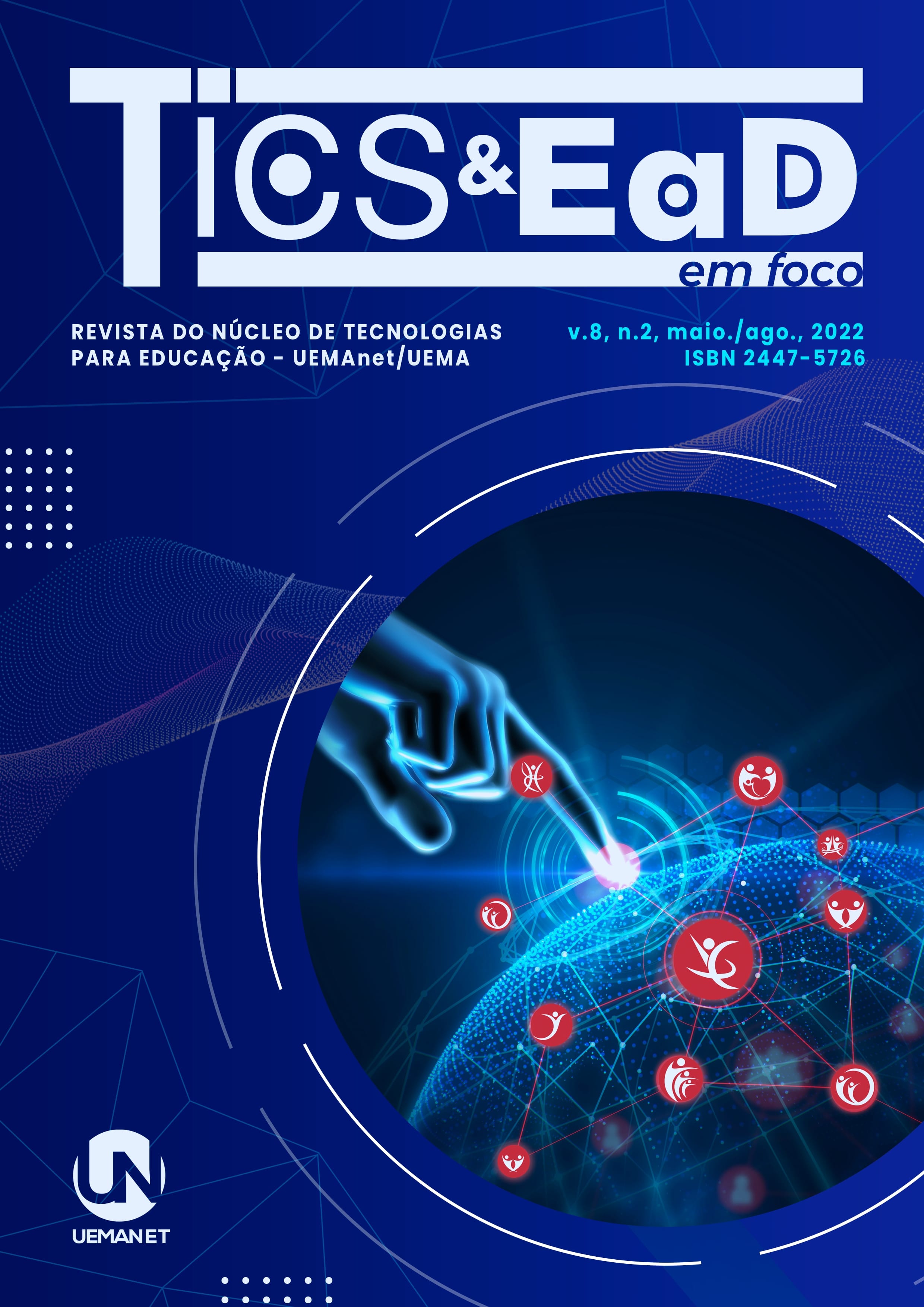AUTISM, CLASSIC CHILD STORIES: use of digital technologies in the multifunctional resource room
DOI:
https://doi.org/10.18817/ticseademfoco.v8i2.633Keywords:
Universal Design. Inclusive Education. Stories. Learning.Abstract
The main purpose of this study was to present and analyze an experience with the use of classic children's stories and digital technologies in a Multifunctional Resource Room (SRM), in a municipality in the State of São Paulo. This experience took place in 2021, with the return of face-to-face teaching, when it became necessary to implement a project that contemplated all assisted students, seeking to create opportunities and facilitate learning, especially for students with autism spectrum disorder. For the conception of this proposal, the Universal Learning Design (DUA) was adopted as a parameter, which contributed to the development of students, inside and outside the Specialized Educational Service (AEE). The main results showed the efficiency of this proposal planned and implemented within the scope of the AEE, taking advantage of the adaptations or resources produced to meet the particularities of some students who are the target audience of Special Education in the Perspective of Inclusive Education, as they were developed in a diversified way, providing opportunities for new reflections and different ways of learning, always considering the potential and the reduction of barriers. The use of Digital Information and Communication Technologies (TDIC) expanded possibilities within the context experienced, providing opportunities for more equitable, inclusive and meaningful learning, based on the particularities of each student, aiming at their integral development.
Downloads
Downloads
Published
Issue
Section
License
This work is licensed under a Creative Commons Attribution-NonCommercial 4.0 International License.






